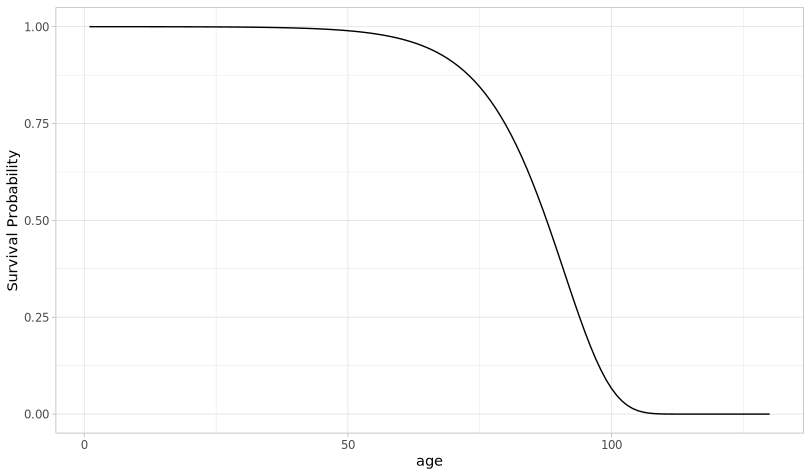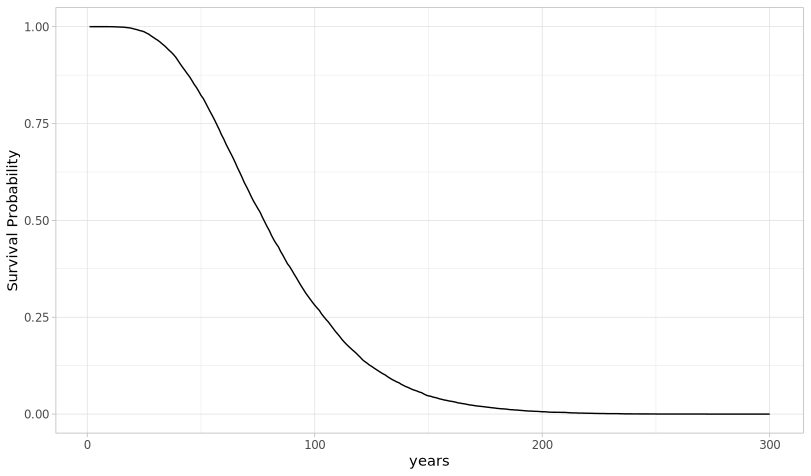I have previously written about the programmed death of organisms and about efforts to reverse aging. Now a new study is out and it is exciting. One implication of it is that donating blood might help to stay young. But let’s start from the beginning.
Generations of scientists and philosophers have conceptualized aging as the accumulation of random cellular damage. Your cells work fine, then you get a sunburn and you cell is damaged a bit. It recovers, but maybe cell repair worked imperfectly. Every time your skin is exposed to the sun or the air it takes damage and every time it is not able to recover fully. Eventually your skin wrinkles and becomes thin. Or think about your bones and joints: you are young and you run around and you fall and hurt your knee. It recovers, but maybe some tissue is scarred. You fall again and more is scarred. You run around and with every step and every hit your knees take the joints suffer. Eventually you develop arthritis. If you live in any industrialized nation with a privatized medical system you can be sure there will be someone offering you a knee replacement soon. The problem with this: it is probably not true – or at least not as simple as that.
The Gompertz Law of Mortality
Aging and mortality follow the Gompertz law of mortality. Roughly speaking, this means that your probability of dying in a given year doubles every 8 years. This is exponential growth! (To be very exact, it is even exponential growth in the exponent, if you look at the equation on Wikipedia). Think about the fable where the servant asks the king to put one grain of rice on the first square of a chess board, two on the second and so on. There is by far not enough rice on this planet to continue till the last square of the chess board. Similarly, your probability of dying increases very very rapidly after a certain point.
Your probability of surviving looks something like this:

After the age of about 80, there is a very sharp decline. While the average life expectancy in this graph is 85, your probability of getting older than 130 is virtually zero. Now let’s look at the “accumulation of random hits” example. I made a little simulation with the following parameters: Every person gets a random hit with a probability of 1/17 every year. This implies on average one hit every 17 years. Once you get 5 hits, you die immediately, implying an average life expectancy of 85 years. Your life expectancy according to this law looks something like this:

Note that there are quite a lot more 150 years still walking around! Of course the 5 hits are a simplification. But you could also assume 10000 hits and adjust the probability of experiencing a hit – the point is that no matter how you tune the parameters, you would not arrive at a curve that resembled the Gompertz law. You would always have a lot of very old people as outliers surviving by pure chance. You can find a slightly more elaborate version of this analysis on this blog called Gravity and Levity.
So there must be something else going on. A different explanation (also described on Gravity and Levity) is that over time our immune system is not able to detect abnormal cells anymore. So it is not that hits accumulate, it is that our body’s ability to deal with these hits weakens drastically over time. If your ability to deal with malfunctioning cells declines linearly, you actually end up (with some assumptions and after a bit of math) with an exponential decrease in survival probability.
It’s in the Blood
But why is that? Many researchers now think that aging is actually regulated system-wide via signal molecules in the blood (See e.g. this paper by Harold Katcher and this blog post by Josh Mitteldorf for an explanation in simpler terms). This is the general idea behind efforts to inject the blood of younger mice into older mice. The study that tried this with blood plasma that I linked to in On Reversing Aging follows the same general paradigm.
Now comes the catch this new study introduces: Maybe the issue is not so much that we lack the good stuff in our blood, but that we have to much of the bad stuff. While various studies suggest that replacing old blood with young blood may reverse aging, this one claims that it is enough to simply remove the old blood and replace it with nothing more than saline solution and some albumin (one of the most abundant proteins in blood). From the study:
However, it was not formally established that young blood is necessary for this multi-tissue rejuvenation. Here, using our recently developed small animal blood exchange process, we replaced half of the plasma in mice with saline containing 5% albumin (terming it a “neutral” age blood exchange, NBE) thus diluting the plasma factors and replenishing the albumin that would be diminished if only saline was used. Our data demonstrate that a single NBE suffices to meet or exceed the rejuvenative effects of enhancing muscle repair, reducing liver adiposity and fibrosis, and increasing hippocampal neurogenesis in old mice, all the key outcomes seen after blood heterochronicity. Comparative proteomic analysis on serum from NBE, and from a similar human clinical procedure of therapeutic plasma exchange (TPE), revealed a molecular re-setting of the systemic signaling milieu, interestingly, elevating the levels of some proteins, which broadly coordinate tissue maintenance and repair and promote immune responses. Moreover, a single TPE yielded functional blood rejuvenation, abrogating the typical old serum inhibition of progenitor cell proliferation.
The important part is not the injection of albumin, as albumin levels don’t really change with age. Simply injecting albumin also did not have a significant effect. What seems important is that plasma levels of autoregulatory proteins get diluted, which in turn changes the expression levels of a variety of genes. A procedure called therapeutic plasma exchange (TPE) that does something similar is already FDA approved. Intuitively, it would also make sense to combine this with blood donations. This is a win-win situation. Older people have a portion of their blood replaced with saline solution and albumin and enjoy the rejuvenating effects. Hospitals get more blood donations which they desperately need. I am indeed excited to see how this plays out.
